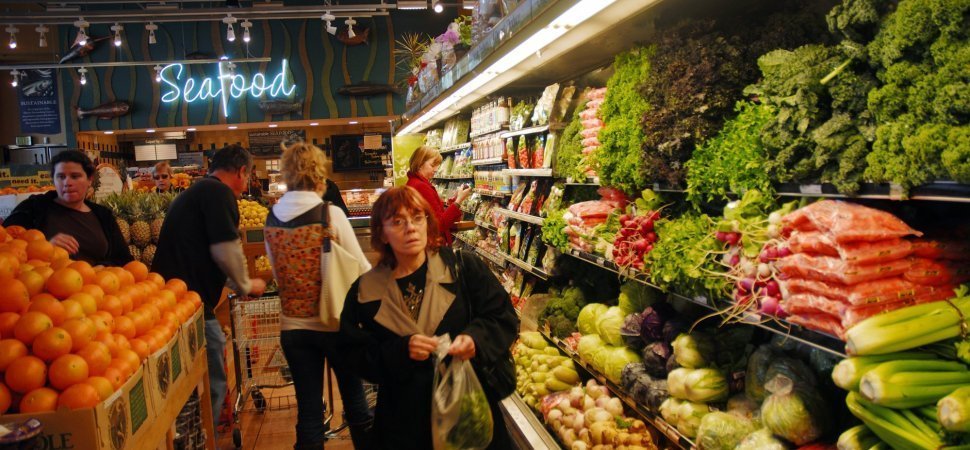
Rumors about Whole Foods being on the acquisition block were circulating among the industry and media. Several company investors were vocal about wanting a sale. Hints that talks were taking place with major legacy retail grocers were abundant.
But what nobody anticipated was Amazon making the deal.
It’s a business move that won’t just change Amazon and Whole Foods. It will also play a role in changing and shaping the future of natural food, Big Food, traditional retail grocery, and many other ancillary industries.
It also marks one of the first – if not the first – purchase of a major offline company by a major online company. It signals where Amazon may see the future of food heading as well as how it will cash in.
Multi-channel and technology strategy matters more than ever
Amazon’s Whole Foods buy suggests that the next generation of grocery is going to be a hybrid approach of purchasing online and in-store. Online grocery has been emerging for the past few years, largely driven by the small, natural and clean food movement as well as specialty diets like raw, gluten-free, vegan, and more. A new crop of offline/online grocery delivery services like Instacart has also been in play.
Of course 100% of grocery sales won’t move online — Amazon has been experimenting with other offline store concepts for some time, which suggests the company sees value in having retail locations.
But this is going to start a new race between retailers to develop strong online and offline components. Expect Amazon to further drive this.
Grocery business should learn from past legacy retail business mistakes and adapt here.
Plan for new innovation
Technology has been striving to integrate into traditional retail stores for years. Beyond payment processing, payment terminals, digital signage and e-commerce, adoption has been relatively minimal by both industry and consumers. Anticipate this to now rapidly change.
Amazon will likely build on current multi-channel, technology and hybrid innovations and consumer behaviors. It will introduce new ideas. Shop online/in-store pickup and online grocery delivery services, multi-device and mobile shopping, data, AI, and digital payments are just a few sure to be in the mix.
Keep a close eye and leave nothing out of imagination. But be sure to lead and adapt to technology only as it makes sense.
Brands should take note, too
The brands that benefit by a digital grocery movement are the food industry’s “challenger brands” – new startup food companies, clean food, small food, etc. In fact, the vast majority of top ranking food brands on Amazon today are challenger brands. This is being driven by consumer demand for transparency in product quality and ingredients.
Challenger brands in music business drove much of the emergence of online music in a similar way.
All food brands of all sizes and stages need to pay attention to what happens in the Amazon/Whole Foods wake. It includes having strong rankings in online retailer search, being ready to develop and adapt products to meet technology advancements or consumer demand, and keep pace. At Simple Mills, we are currently putting in process and teams to drive this aspect of our business.
Currently just over 3% of grocery sales in the U.S. come from online. That’s going to change even more rapidly with Amazon in the market.
